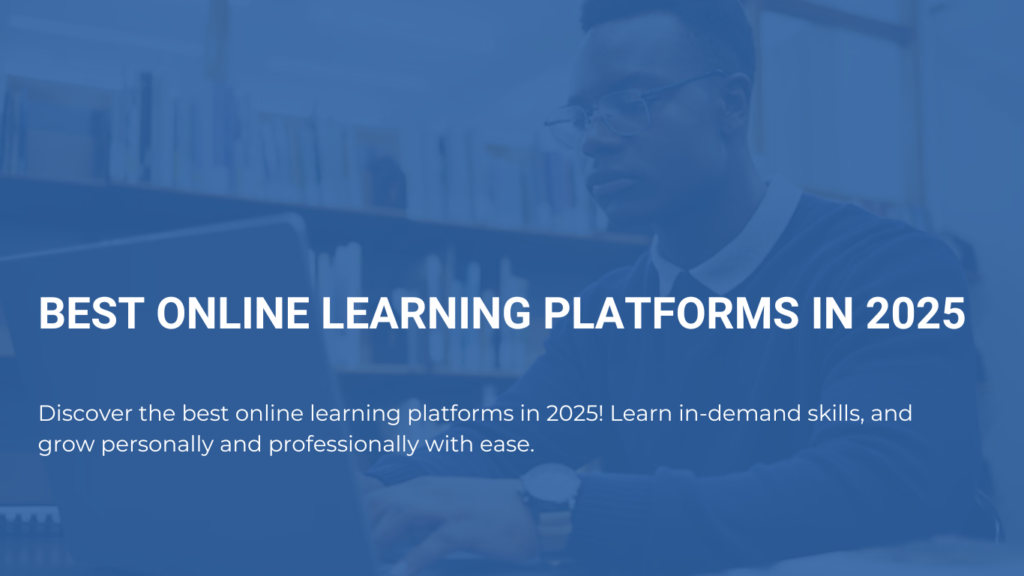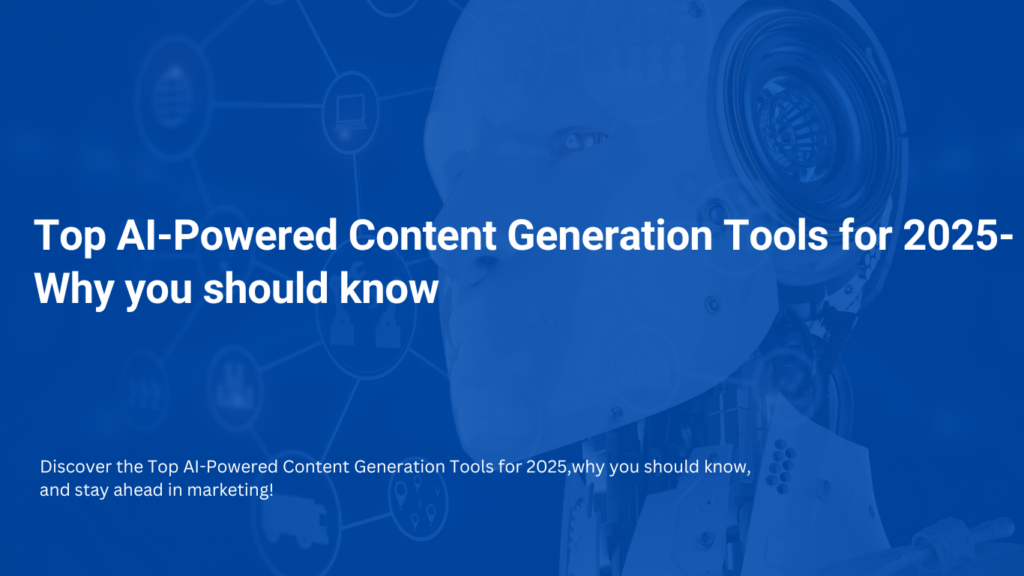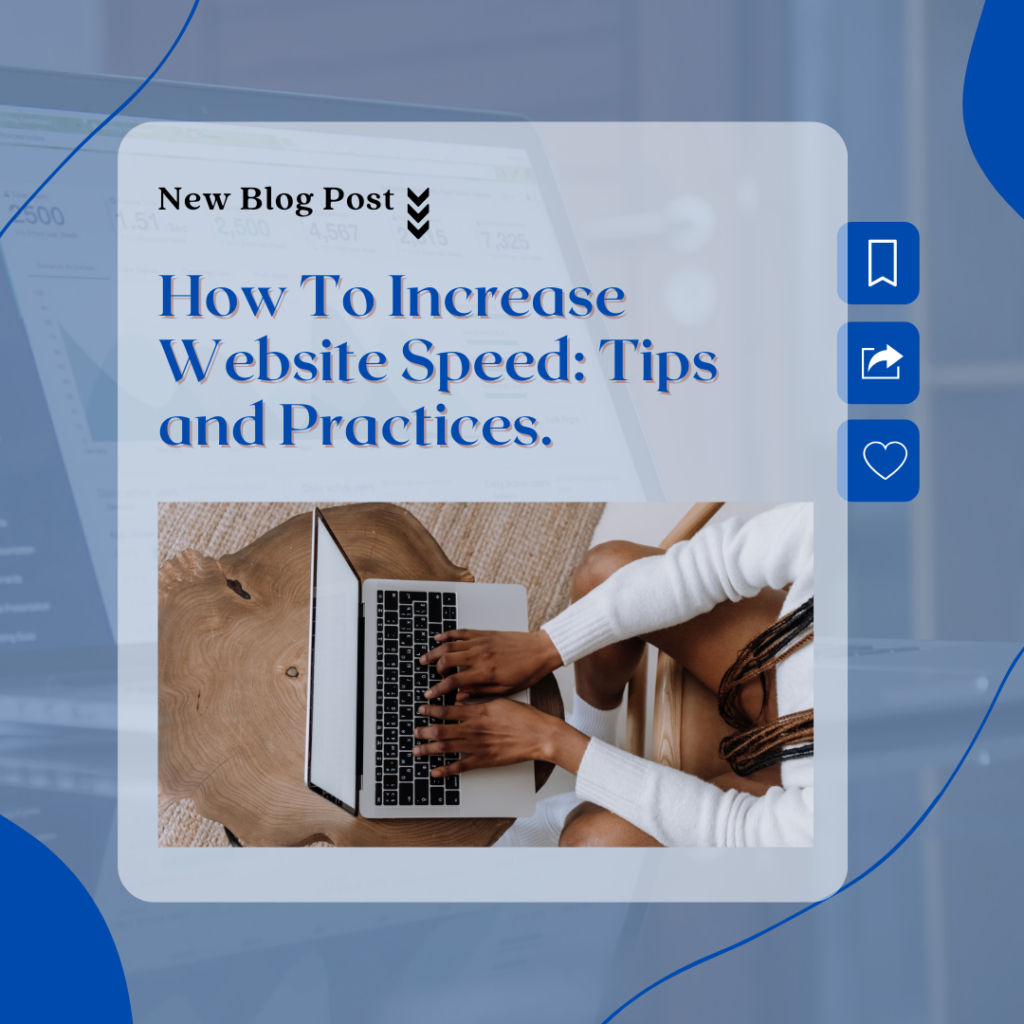best online learning platforms in 2025
Finding the the best online learning platforms in 2025 where you can learn in-demand skills and scale up your value is a sure way to help you grow personally and professionally. These platforms are not just easy to use, but also offer a wide range of courses, and include features that make learning simple and fun. In this article,we will explore the Key features to look for in online learning platforms, Popular courses that prepare you for the future, Tools for tracking your learning progress, Tips for maximizing your learning outcomes, and Best platforms to consider. Let’s see how they can work for you. Key Features to Look for in Online Learning Platforms When choosing the Best Online Learning Platforms in 2025, it’s essential to consider a few key features. These elements will help ensure your learning experience is engaging, accessible, and effective. So, let’s dive into what makes the best platforms stand out. 1.User-Friendly Interface The best platforms offer easy navigation, ensuring you can find your courses and resources with minimal effort. A clutter-free, intuitive layout makes learning enjoyable, not frustrating. 2.Interactive Learning Tools Look for platforms offering quizzes, discussions, and interactive lessons. Engaging with the material through different formats enhances understanding and retention. 3.Course Variety and Flexibility Great platforms should provide a wide range of subjects and flexible schedules. This allows you to learn at your own pace and on your own time. 4.Qualified Instructors The best platforms employ experienced and knowledgeable instructors. Look for reviews and credentials to ensure you’re learning from the experts. 5.Mobile Compatibility In today’s busy world, having the ability to learn on the go is crucial. The best online learning platforms are fully mobile-compatible, so you can take your lessons anywhere! Popular Courses to Upscale Your Value The future is calling, and the Best Online Learning Platforms in 2025 have courses designed to answer it. Whether you’re sharpening your skills or diving into a new career, these courses will help you stay ahead of the curve. 1.Data Science and Analytics Data is the currency of the future, and learning how to analyze and interpret it is a game-changer. Platforms offering data science courses equip you with in-demand skills to thrive in tech and business. 2.Artificial Intelligence and Machine Learning AI is no longer science fiction—it’s part of our everyday lives. Learning about machine learning and AI can open doors to innovative and high-paying careers. 3.Digital Marketing and E-commerce The digital economy is booming, and these courses teach you how to master online strategies that grow businesses and brands. You’ll be ready to tackle the competitive digital world with confidence. 4.Sustainable Development and Green Technologies The future is green, and courses on sustainability prepare you for roles in environmental management, renewable energy, and eco-friendly innovations. 5.Cybersecurity and Ethical Hacking With more businesses operating online, cybersecurity is more crucial than ever. Ethical hacking courses teach you to protect digital spaces effectively. These are but a few of the enormous soft skills you can acquire through the Best Online Learning Platforms in 2025. These platforms make these future-focused courses accessible, interactive, and tailored to your needs. Tools for Tracking Your Learning Progress Tracking your progress can turn your online learning journey into a rewarding experience. There are several amazing tools that can help you stay motivated, measure growth, and celebrate milestones. Let’s explore how these tools together. 1.Progress Dashboards A good progress dashboard shows you where you’re excelling and what needs more attention. It’s like a personal cheerleader, giving you a visual snapshot of your achievements and motivating you to keep going. 2.Gamification Features Who doesn’t love a little friendly competition? Gamified tools, like badges, points, and leaderboards, make tracking progress feel like a game. You’ll find yourself aiming for that next reward without even realizing how much you’ve learned! 3.Goal-Setting and Milestone Trackers Set learning goals and watch as milestone trackers keep you accountable. Whether it’s finishing a module or mastering a skill, these tools ensure every step of your journey feels meaningful. With features like these, tracking your growth will be easy and enjoyable. After all, nothing beats seeing how far you’ve come. Tips for Maximizing Your Learning Outcome Online learning is only as effective as you make it. The Best Online Learning Platforms in 2025 provide incredible opportunities, but knowing how to make the most out of them is key.below are tips to take your learning outcomes to the next level! 1.Create a Dedicated Learning Space Find a quiet, comfortable spot where you can focus without distractions. A dedicated space helps your brain switch to “learning mode.” 2.Set Clear Goals and Stick to a Schedule Know what you want to achieve before diving in. Break your learning into manageable chunks and create a routine that keeps you consistent. 3.Engage Actively with the Material Don’t just skim through lessons,take notes, participate in discussions, and ask questions. Active engagement makes concepts stick like glue. 4.Take Advantage of Platform Features Explore all the tools and resources your platform offers, like progress trackers, quizzes, and community forums. These features are there to help you succeed! By following these tips, you’ll maximize the value of these Best Online Learning Platforms in 2025 and see real results in no time. Best Platforms to Consider Choosing the right online learning platform is like picking the perfect travel companion,it makes all the difference. These Best Online Learning Platforms in 2025 offer something for everyone, whether you’re a tech enthusiast, a creative soul, or a career climber. Here are some top platforms to explore! 1.Coursera: For Top-Tier Education If you’ve ever dreamed of learning from Ivy League professors, Coursera is your go-to. With courses from world-renowned universities, it’s perfect for academic achievers and lifelong learners. 2.Udemy: For Budget-Friendly Variety Udemy offers an enormous range of affordable courses on just about everything. From baking to coding, it’s a treasure trove if you have a curious mind. 3.LinkedIn Learning: For Career Boosters Want to upgrade your professional skills? LinkedIn Learning specializes in courses
best online learning platforms in 2025 Read More »






